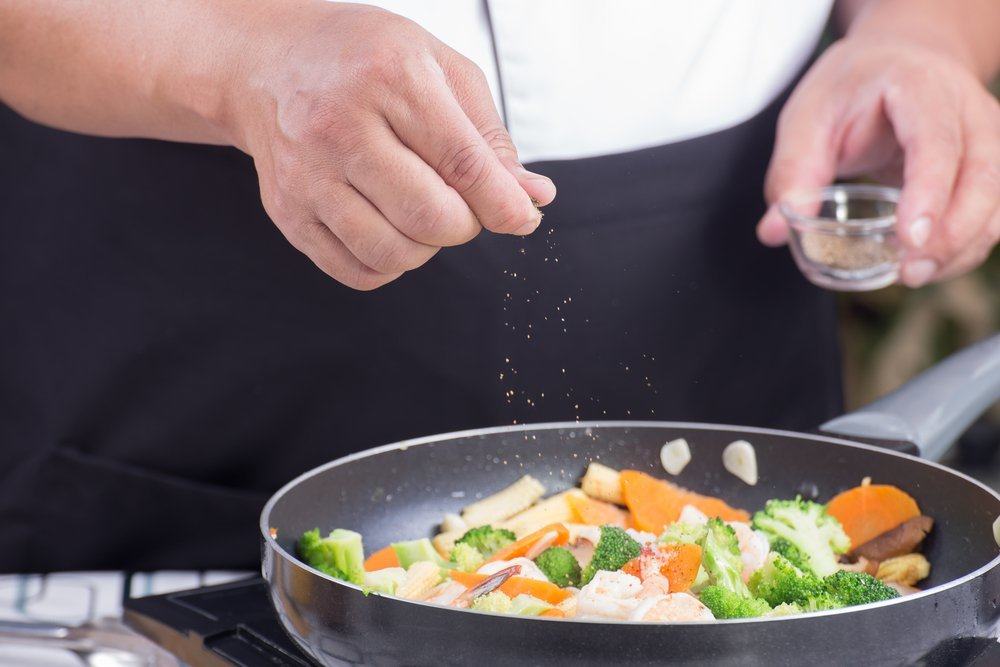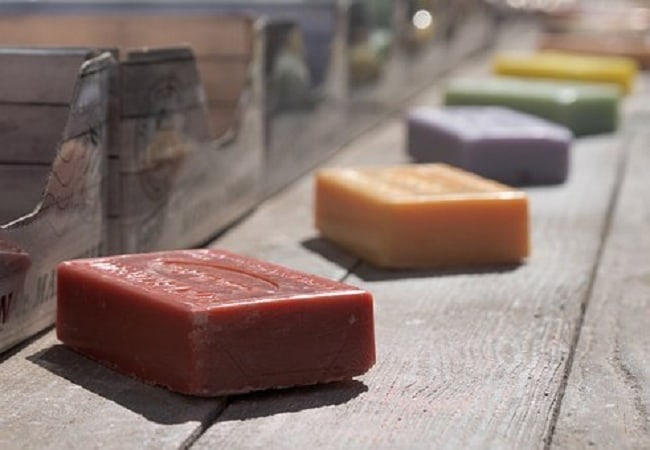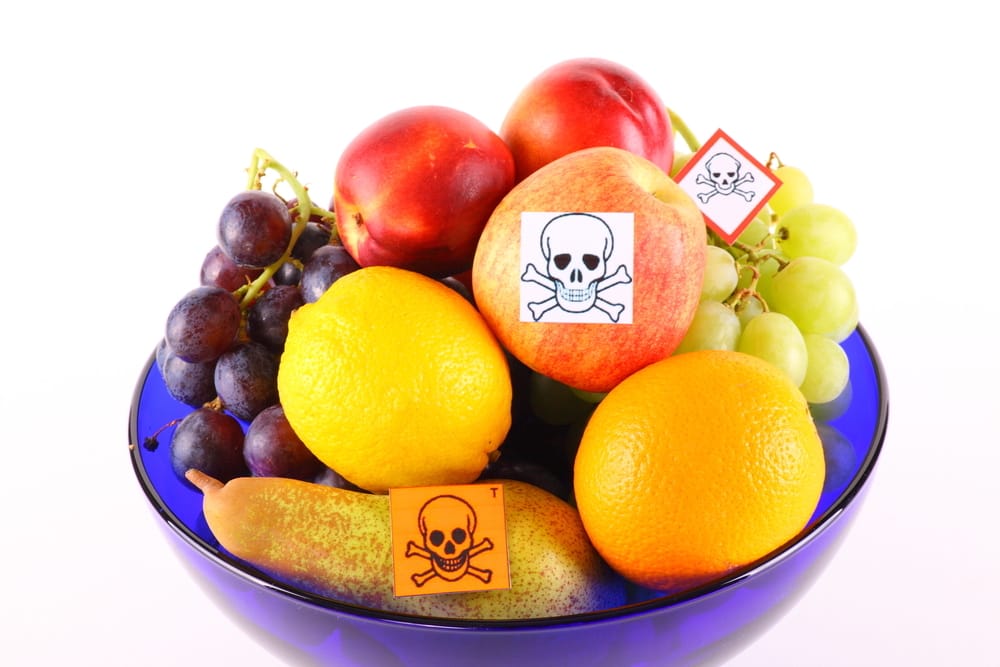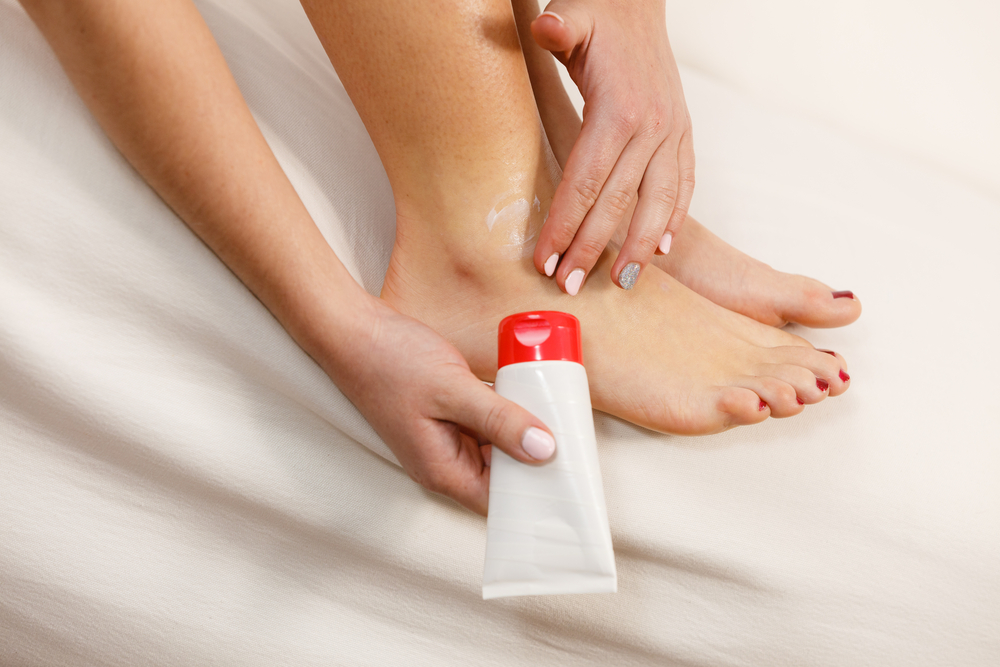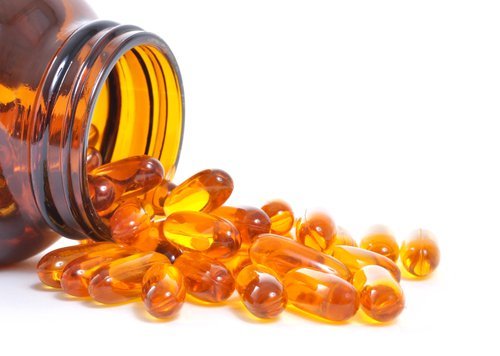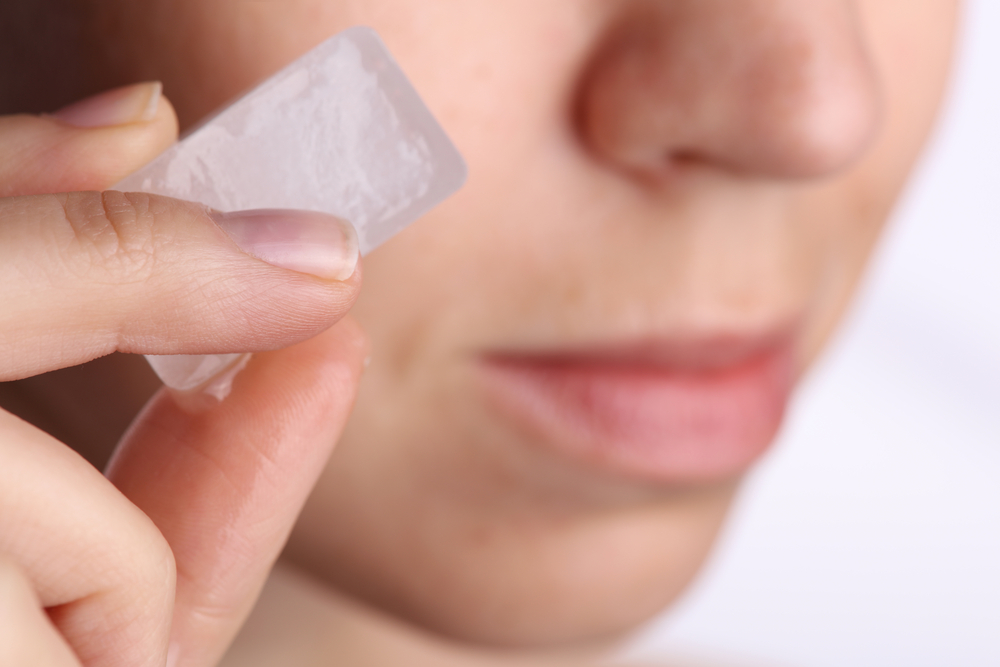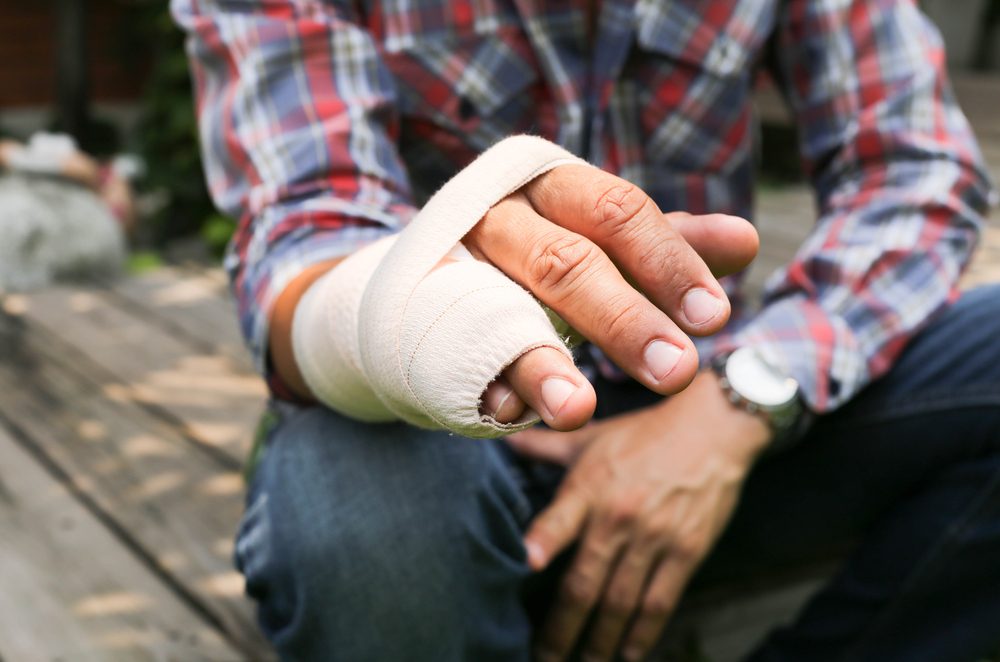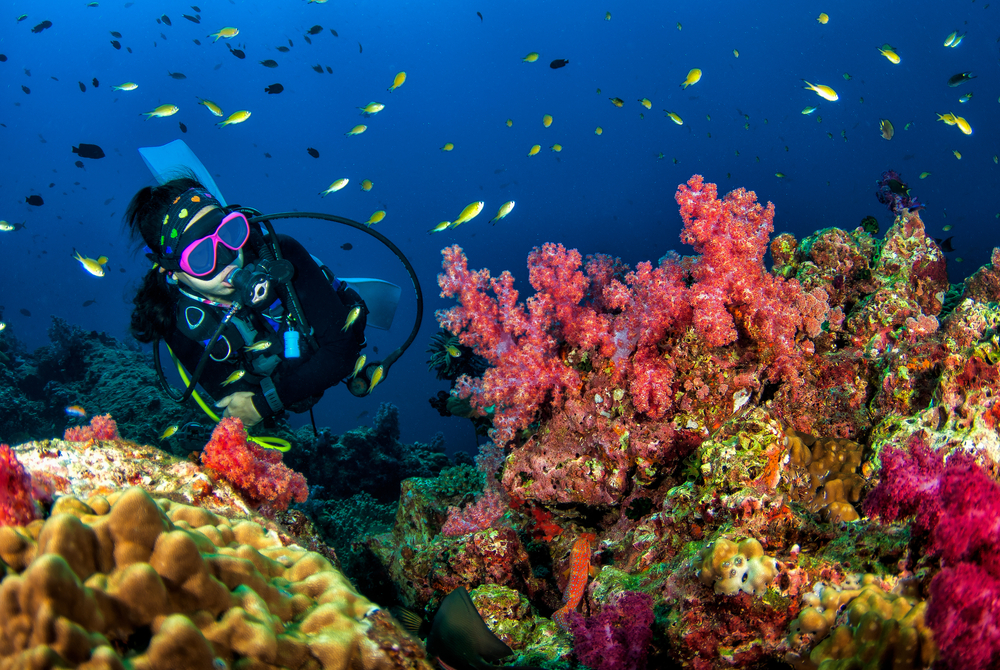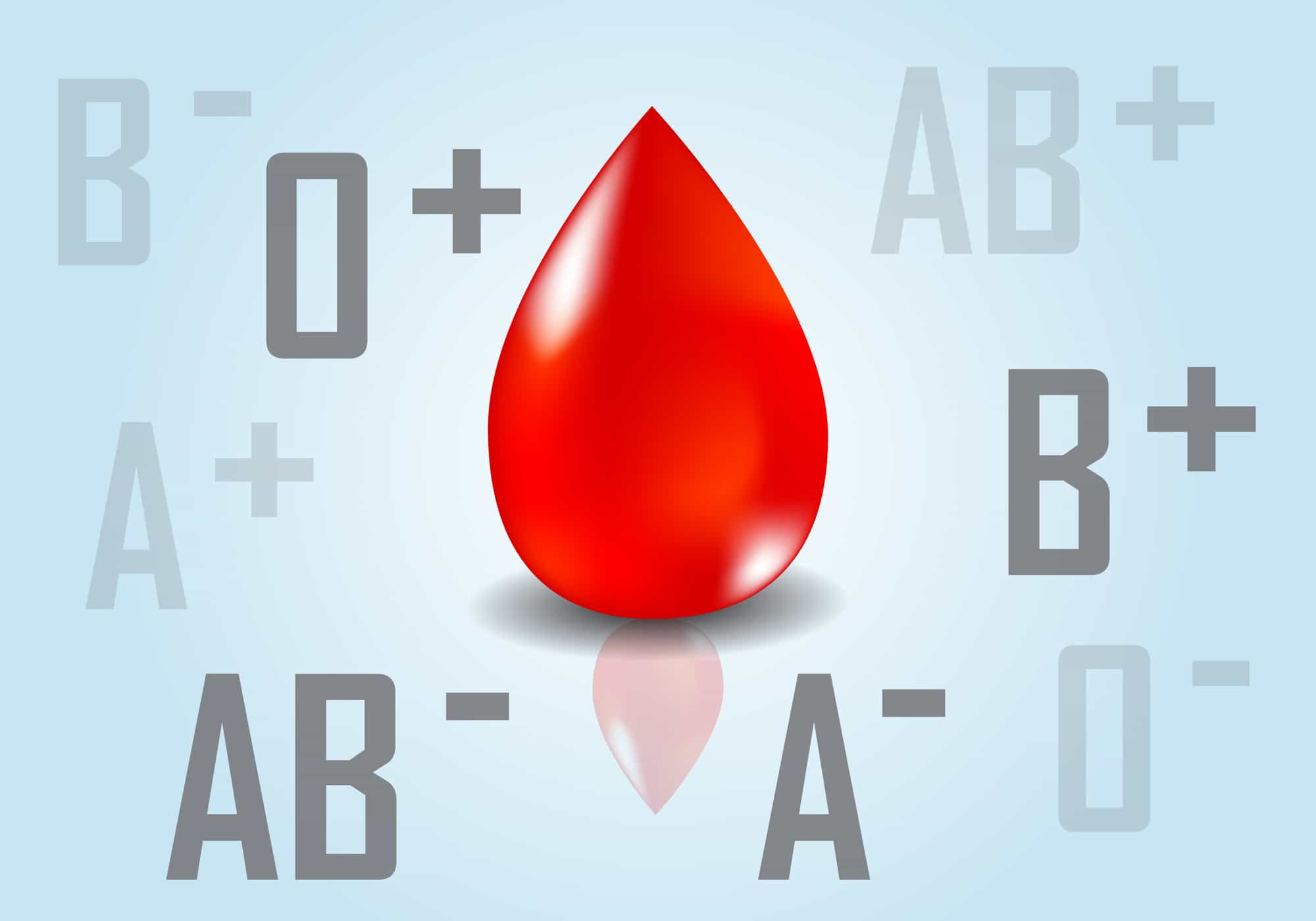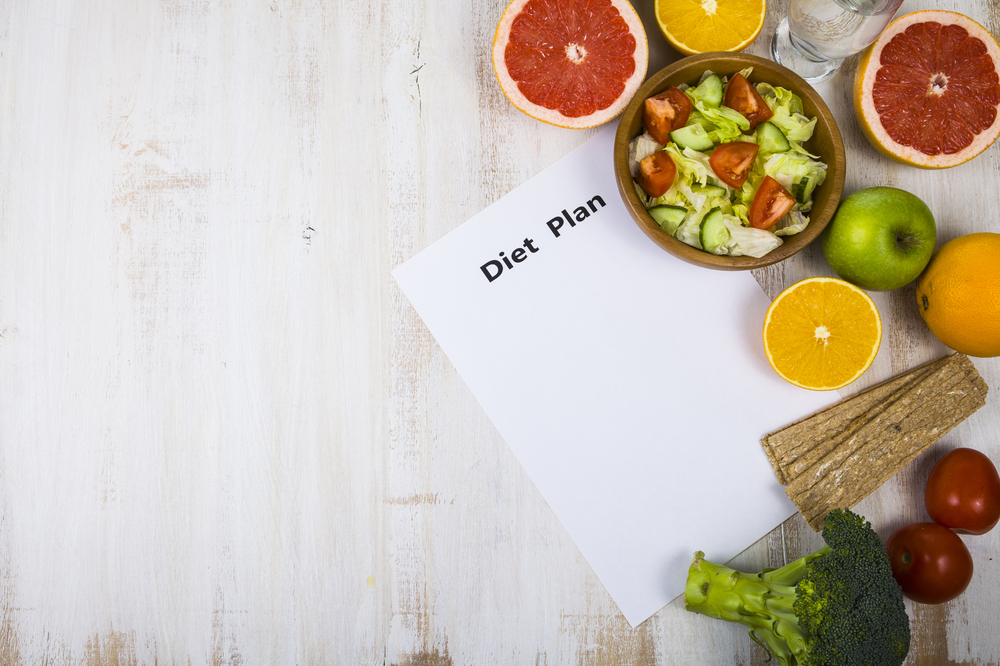Contents:
- Medical Video: How To Reduce High Blood Pressure Naturally | How To Prevent High Blood Pressure Naturally
- How do you go on a low-salt diet?
- 1. Reduce salt in the dish
- 2. Be careful with foods and beverages that contain hidden salt
- 3. Read food labels when buying packaged foods
- What foods should be eaten while undergoing a low-salt diet?
Medical Video: How To Reduce High Blood Pressure Naturally | How To Prevent High Blood Pressure Naturally
If you suffer from high blood pressure, often you are advised to reduce your salt consumption. However, do you know what is the relationship between salt and blood pressure?
High salt intake can interfere with the natural sodium balance in your body. The sodium level in the body can increase, causing sodium retention, then this can increase the pressure given by blood flow to the blood vessel walls. Finally, high blood pressure or hypertension occurs.
Therefore, people with hypertension are advised to reduce their salt intake, even though they have taken drugs to lower their blood pressure. Reducing salt intake can help you control blood pressure. Reducing salt intake from 10 grams to 6 grams per day can reduce blood pressure. In the end, it can reduce 14% of deaths from stroke and 9% of deaths from coronary heart disease in people with hypertension, as shown in a study in the 2002 Journal of Human Hypertension.
How do you go on a low-salt diet?
A low salt diet is proven to help people with high blood pressure to control their blood pressure. In fact, taking medication alone is not enough to be able to control blood pressure, it must be accompanied by this diet. If you suffer from hypertension, you are advised to consume only 6 grams of salt a day or about 2300 mg of sodium per day. The salt in question is table salt added to the dish and also salt that is hidden in food, as in packaged foods.
In running a low salt diet, it does not mean you only reduce your salt intake, but also other foods that contain hidden salt. About 80% of the salt that enters our body is usually obtained from processed foods, such as bread, biscuits, cereals, fast food, and others. The rest, which is 20%, then comes from salt added when cooking or table salt.
The following are tips for you in running a low salt diet:
1. Reduce salt in the dish
We recommend that you do not add your dishes with salt, including table salt, MSG, meat softeners, various kinds of soy sauce and sauce, pickles, and others. You can add other ingredients, such as spices / herbs, herbs, lemons, garlic, ginger, vinegar, pepper, and black pepper to enrich the taste of your cuisine. You can also add oranges, lemons, lime, pineapple or vinegar as spices for meat dishes.
Make special dishes for yourself, if your other family members don't like them. You can also try to prefer cooking by roasting or boiling rather than fried, which contains more oil.
2. Be careful with foods and beverages that contain hidden salt
Don't forget to add fresh vegetables and fruits on your menu every day. In addition, limit processed foods or packaged foods, including canned food and instant food. How about drinks? You should also limit drinking soft drinks because these drinks also contain additional salt. If you want to buy frozen food, choose one containing about 600 mg or less. Therefore, it's easy, you better eat self-cooked food at home.
3. Read food labels when buying packaged foods
It's not that you aren't allowed to eat packaged foods at all. However, usually packaged foods contain high salt. Or, usually if you read nutritional value information, you will find a high sodium content in these packaged food products. This high sodium level can increase sodium levels in your body, so your blood pressure also increases.
Therefore, don't forget to always read nutritional value information if you want to buy packaged foods. Choose foods that contain low sodium (140 mg or less per serving) or sodium free (less than 5 mg per serving). Remember, per serving! Usually in one pack of food, more than one serving is presented. To find out, you can see number of servings per package. From here, then you can divide how much sodium is contained in each one of these food dishes.
What foods should be eaten while undergoing a low-salt diet?
Fresh foods and low-salt foods are foods that you should eat while on this diet. Some of the food low salt content is:
- Fresh vegetables and fruits
- Fresh meat, chicken and fish
- Egg
- Nuts, but not canned beans
- Milk, yogurt and ice cream
- Low-sodium cheese, such as cream cheese and mozzarella
Whereas, the food is contains high salt (you should avoid it) are:
- Salted beans or canned beans
- Meat, chicken, or processed or canned fish, such as sausages, sardines, corned beef
- Preserved foods, such as abon, salted fish, salted eggs, pindang fish, beef jerky, peanut butter, and others
- Canned vegetables or fruits
- Pickled vegetables, sauerkraut
- Butter and cheese with high sodium, like cottage cheese
- Seasoned ingredients, such as soy sauce, various sauces, shrimp paste, petis, tauco, and other seasonings

